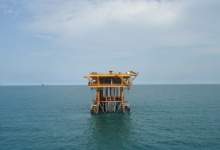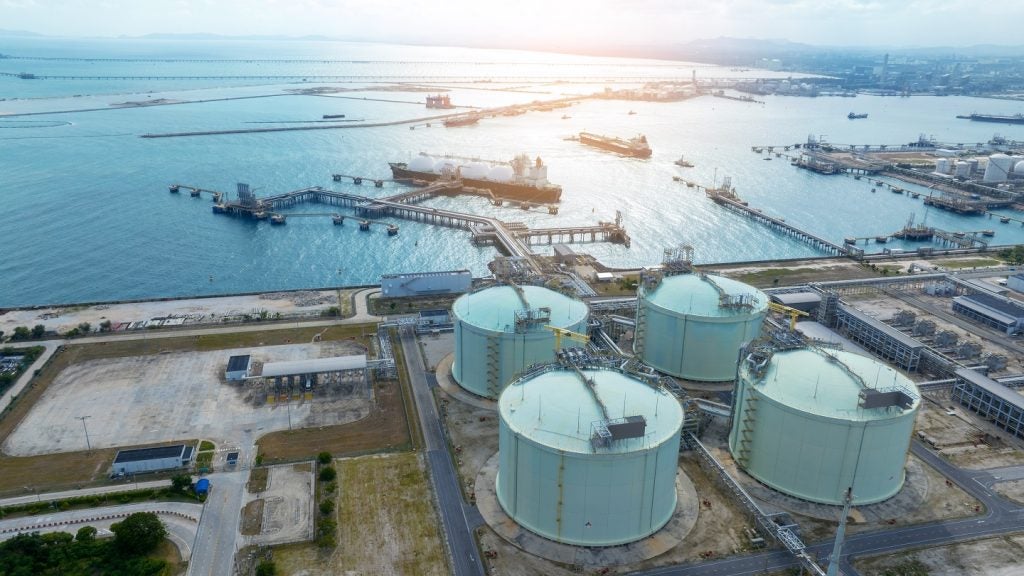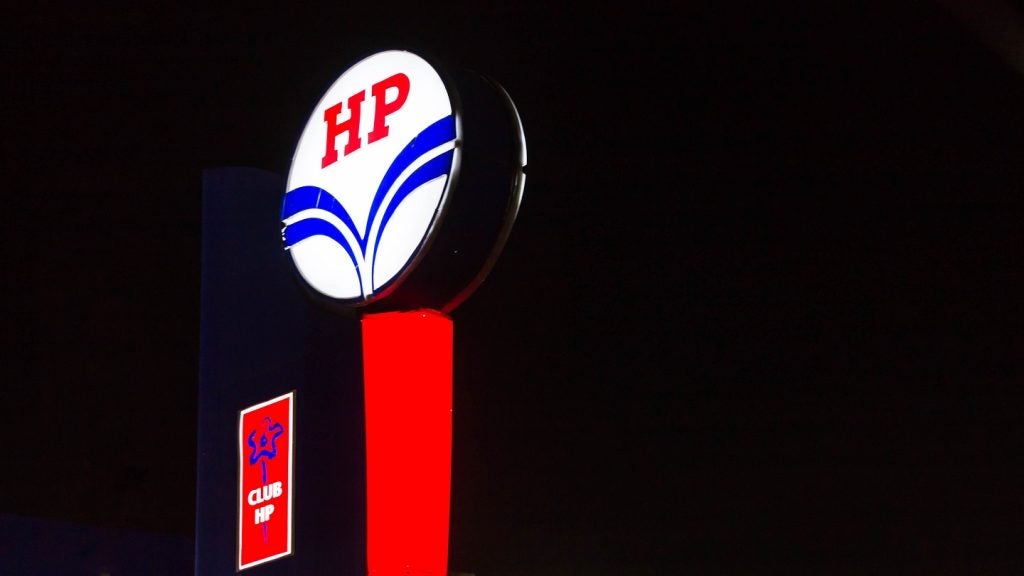

Of the 64.5 million acres of sea to be found in the Eastern Gulf of Mexico, 98% are currently inaccessible to the offshore oil and gas industry due to a moratorium set to end in 2022.
The region, which encompasses the West Coast of Florida up to Mississippi and Louisiana, holds estimated reserves of 5.1bbl of oil and 16.1Tcf of gas that have never been commercially extracted.
However, with new reserves being made accessible in neighbouring Atlantic Ocean, industry groups are keen to see the same happen in the Eastern Gulf. According to assessments done on behalf of the API and National Ocean Industries Association (NOIA) oil and gas development in the region from 2018 could create 230,000 jobs nationally by 2035, as well as bring the US closer to achieving its goal of energy independence by the same year.
But the prospect of increased offshore hydrocarbon exploration after the devastation of the 2010 Deepwater Horizon oil spill is facing opposition – especially in the tourist hotspot of Florida. So what are the pros and cons of production in the region?
How well do you really know your competitors?
Access the most comprehensive Company Profiles on the market, powered by GlobalData. Save hours of research. Gain competitive edge.

Thank you!
Your download email will arrive shortly
Not ready to buy yet? Download a free sample
We are confident about the unique quality of our Company Profiles. However, we want you to make the most beneficial decision for your business, so we offer a free sample that you can download by submitting the below form
By GlobalDataSee Also:
Economic opportunity
Quest’s report, ‘The Economic Benefits of Increasing U.S Access to Offshore Oil and Natural Gas Resources in the Eastern Gulf of Mexico,’ estimates that if offshore leasing started in 2018, with first oil and natural gas production in 2023, East Gulf production could i
The report has based estimated resource amounts on 2009 Bureau of Ocean Energy Management (BOEM) figures and extrapolated these to account for age of the data and new advancements in seismic data.
GE has based its sixth global research centre in the country’s capital.
Production is expected to be around 65% oil and 35% natural gas, with 60% coming from deepwater projects. Overall, total contributions to the economy in 2035 are estimated to be over $18bn, with nearly $17bn of the total expected impact to occur in Texas, Louisiana, Mississippi, Alabama and Florida. Revenue estimates are based on the current 37.5% federal and state revenue sharing agreement that applies to leasing in the western and central Gulf.
The report doesn’t include mid-stream or downstream activities, so wider economic benefits could be much larger.
To achieve this, the report estimates $115bn in cumulative investment and operational spending between 2017 and 2035 would be needed.
Environment vs economic benefit
These estimated economic benefits, however, are only part of the story.
Florida, for example, has been very vocal against oil and gas exploration off its coastline. A letter signed by several elected officials, including US Senator Bill Nelson, D-Orlando, and US Representative Kathy Castor, D-Tampa says:
"Expanding unnecessary drilling offshore simply puts too much at risk. Florida has more coastline than any other state in the continental United States and its beaches and marine resources support the local economy across the state."
Some of their concerns include oil and gas development ruining sports fishing in the region and a major oil spill destroying beaches for tourism.
According to Visit Florida, nearly 95 million people visited Florida in 2013 and every 85 visitors to Florida equates to one job in the state – that makes 1,117,647jobs from tourism that year.
Florida, however, according to Quest’s report, stands to earn the largest economic gains from offshore production in the East Gulf, followed by Texas and Louisiana. An East Gulf oil and gas industry would create around 87,000 jobs in Florida and $18.7bn in new state revenues through to 2035.
Co-author of the report, market analyst at Quest Matt Gross, points out that Louisiana and Texas, both oil and gas hubs, also have Gulf tourism but are not opposed to a lifting of the moratorium.
Environmental group Oceana has been campaigning to stop exploration in the Arctic and Atlantic – part of which will be leased off in 2017 according to a five year plan – and is opposed to ending the moratorium in the Eastern Gulf.
Oceana’s energy analyst Andrew Menaquale says the group have the same concerns about oil and gas in the Eastern Gulf that are associated with offshore drilling elsewhere, such as catastrophic oil spills and the use of airgun testing which can be harmful to local wildlife.
Environmental campaign group 350 Degrees says the government needs to stop "digging itself in whole" with climate change and simply change tactic.
What can the offshore oil and gas industry expect in terms of CAPEX spending, regional hotspots, oil prices and potential challenges in 2015?
"It’s time to stop spending money looking for new fossil fuels to burn that worsen the problem. Governments across the world are long overdue in transitioning their focus and funding away from oil and gas, and towards clean energy solutions that can fuel our grid sustainably."
Is there an appetite for the region?
Considering the opposition, current volatile oil price and low natural gas prices within the US, is there an appetite for investment in the region and can these reserves compete with onshore unconventional ones currently dominating US supply?
Gross says historically there was an appetite for development in the region and thinks there will be in the future.
"Gas prices in the future will definitely ramp back-up," Gross says.
"If it was open today, I am not sure everyone would jump at the prospects but we think over time there is definitely a lot of positives to opening up the region; there would definitely be production from the region."
The Eastern Gulf actually has the smallest amount of reserves out of the areas industry is lobbying to open up – the Atlantic, Pacific, and offshore Alaska. However, because part of one of the plays, the Norphlet play, overlaps into the central gulf, where Shell has interests, the area is expected to be attractive to investors due to its existing infrastructure and because of other discoveries in the same play.
The report also estimates that development in the East Gulf could provide employment directly in the oil and gas sector of 31,000 jobs.
But could the industry, which has had a well documented skills shortage for many years, even fill these vacancies?
"That’s a fair point," says Gross, however, he adds: "We think the industry would continue to grow and advance, which it had started to in recent years before this downturn in oil."


.gif)




